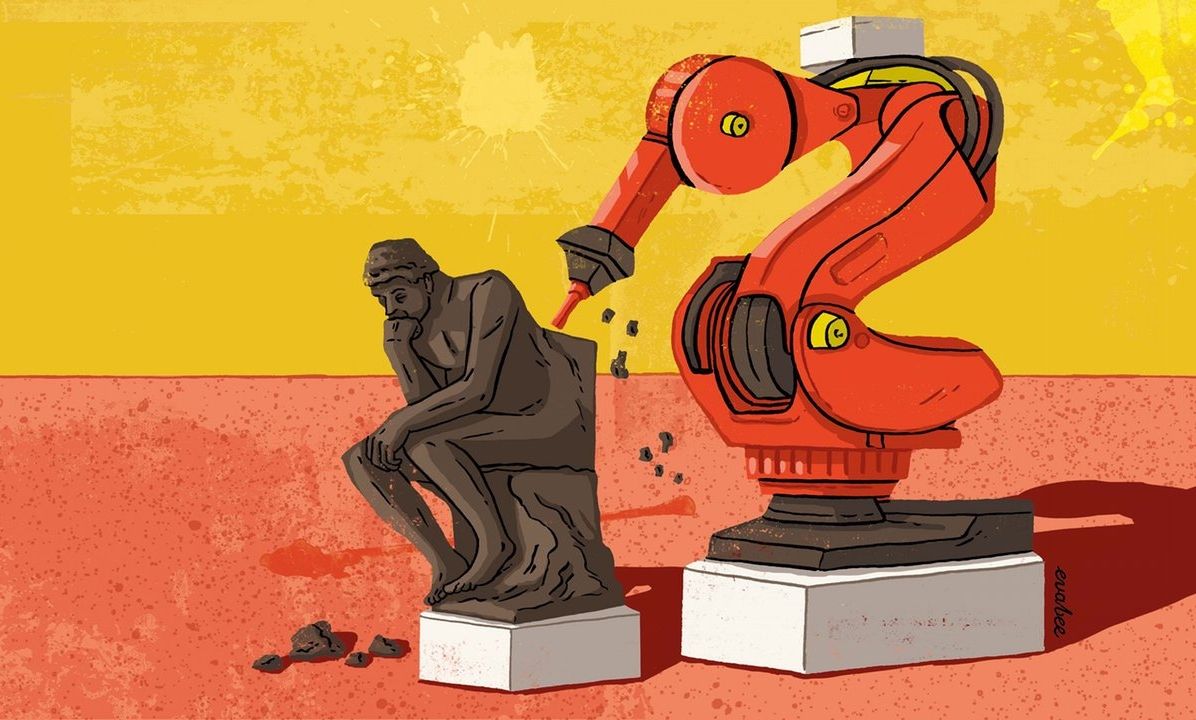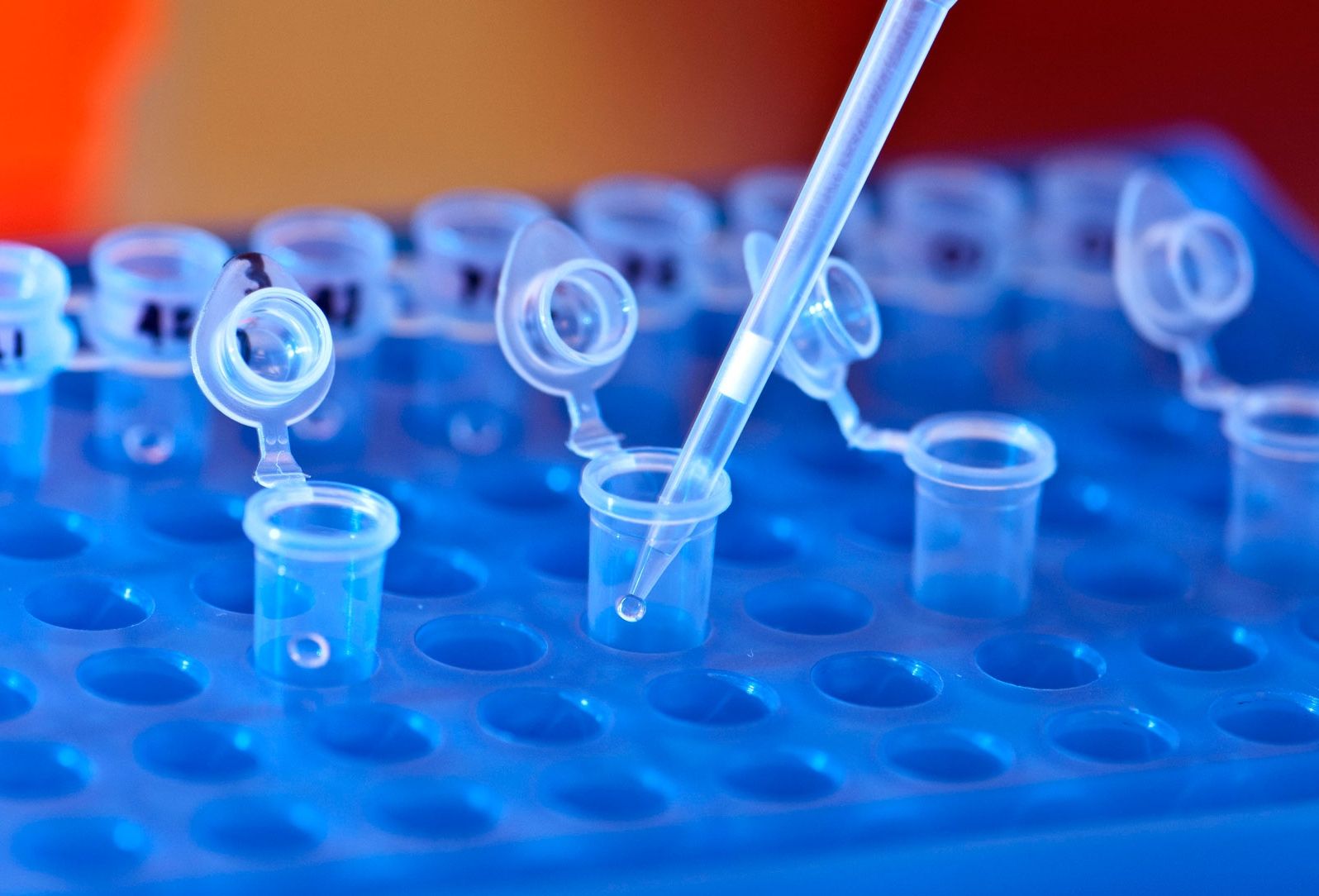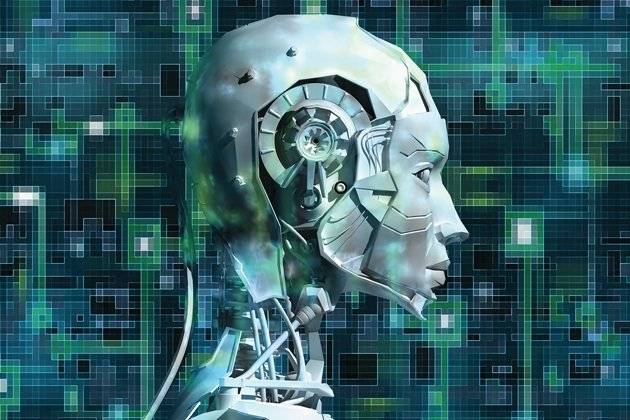Post-quantum cryptography discussion in Tacoma WA on May 5th discussing hacking by QC hackers and leveraging Cryptography algorithms to offset the attacks; may be of interest to sit in and even join in the debates. I will try attend if I can because it would be interesting to see the arguments raised and see the responses.
The University of Washington Tacoma Institute of Technology will present a discussion about the esoteric field of post-quantum cryptography at the Northwest Cybersecurity Symposium on May 5.
“I’ve been researching post-quantum cryptography for years, finding ways to protect against a threat that doesn’t yet exist,” said Anderson Nascimento, assistant professor of computer science at the institute, in a release.
Post-quantum cryptography refers to encryption that would be secure against an attack by a quantum computer — a kind of supercomputer using quantum mechanics, which, so far, exists only in theory.






